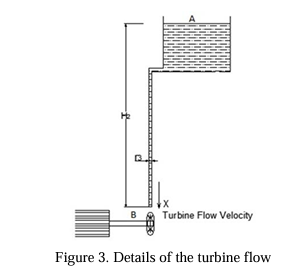Abstract
Sri Lanka experiences an annual electricity demand growth of 5-6%, necessitating the introduction of new power plants. With most rivers already used for hydroelectric power, the country has turned to thermal and diesel power plants, despite their significant environmental impacts. Sri Lanka has maximized conventional renewable energy sources and introduced non-conventional ones, but wave energy remains largely untapped. The paper explores current wave energy harnessing technologies, criteria for selecting suitable locations and devices, environmental impacts, and proposes a new design and mathematical model considering technical, environmental, social, and economic factors specific to Sri Lanka. This study aims to contribute to the development of sustainable and resilient power generation systems, aligning with the advancements in modern technology and the growing demand for clean energy.

